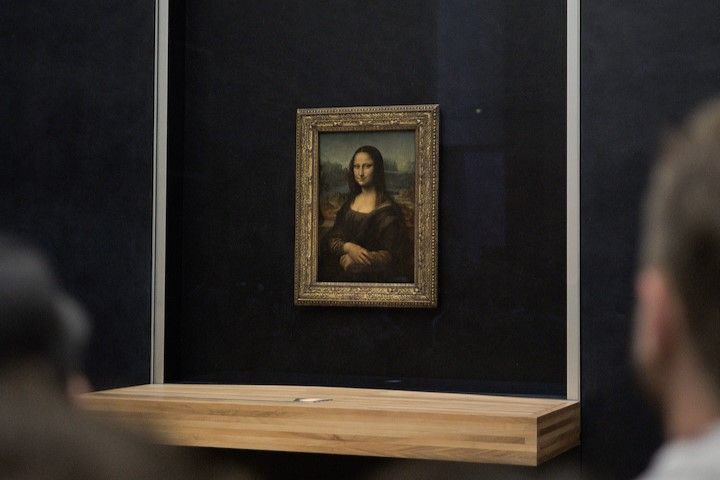The Venus de Milo : masterpiece of the Louvre Museum

Discover the Venus de Milo at the Louvre Museum, The Venus de Milo on exhibit at the LouvreEver since it was discovered on the island of Melos in the 19th century, the Venus de Milo has been considered to be one of the world's greatest masterpieces of sculpture. The mystery surrounding it, the typical techniques of the Hellenistic Age, the beauty of its shape and curves... Louvre Museum in Paris can boast that it owns one of the most beautiful sculptures in the world. Each year the Venus de Milo draws tens of thousands of visitors who come to admire the legendary work up close in one of the most prestigious museums on the planet.
Discover the Venus de Milo at the Louvre
The Venus de Milo was found on the Greek island of Melos in the Cyclades in 1820. From the moment it was unearthed by archeologists, the statue has been a staggering success. The statue, which was sculpted in parts that were assembled into a single sculpture, is notable for its extremely advanced age. Indeed, experts estimate that it was sculpted from marble in 100 BCE. We also know from attachment holes that the goddess was once adorned with jewelry. As for her arms, they have not been found to this day, so the Venus de Milo at the Louvre still retains much of her mystery.
A divine example of Hellenistic creativity
The Venus de Milo is also singular for the way it combines styles: its relatively classic design is mixed with details typical of Hellenistic art. It comprises two slabs of marble that measure over 6.5 feet tall in all and each slab was worked separately. The torso, feet, legs and arms were connected to one another with vertical anchors. To discover the Venus de Milo at the Louvre is to admire a goddess as if "captured in a photograph", frozen in a moment with her draped garment slipping gradually down her hips. This technique was typical of the Hellenistic Period, between the third and first century BCE.
Arrival and exhibition of the Venus de Milo at the museum
The Venus de Milo arrived at the Louvre in 1821, one year after being unearthed. The manager of the workshop at the time suggested a full restoration to put back all the statue's parts. He wanted not just to add on a missing foot and her nose, but the arms as well. After a long debate, the decision was made not to restore the goddess's missing arms at the risk of getting their placement wrong.
After a six-month restoration project, the Venus de Milo returned to its spot at the Louvre in July 2010, surrounded by other objects found at the same time. It was an eagerly awaited homecoming for art lovers around the world.
To see the Venus de Milo at the Louvre, head to gallery 16 on the ground floor of the Sully wing. Don't miss your chance to admire the work's beauty and originality, which inspire the fascination many feel for the sculpture all over the planet.


